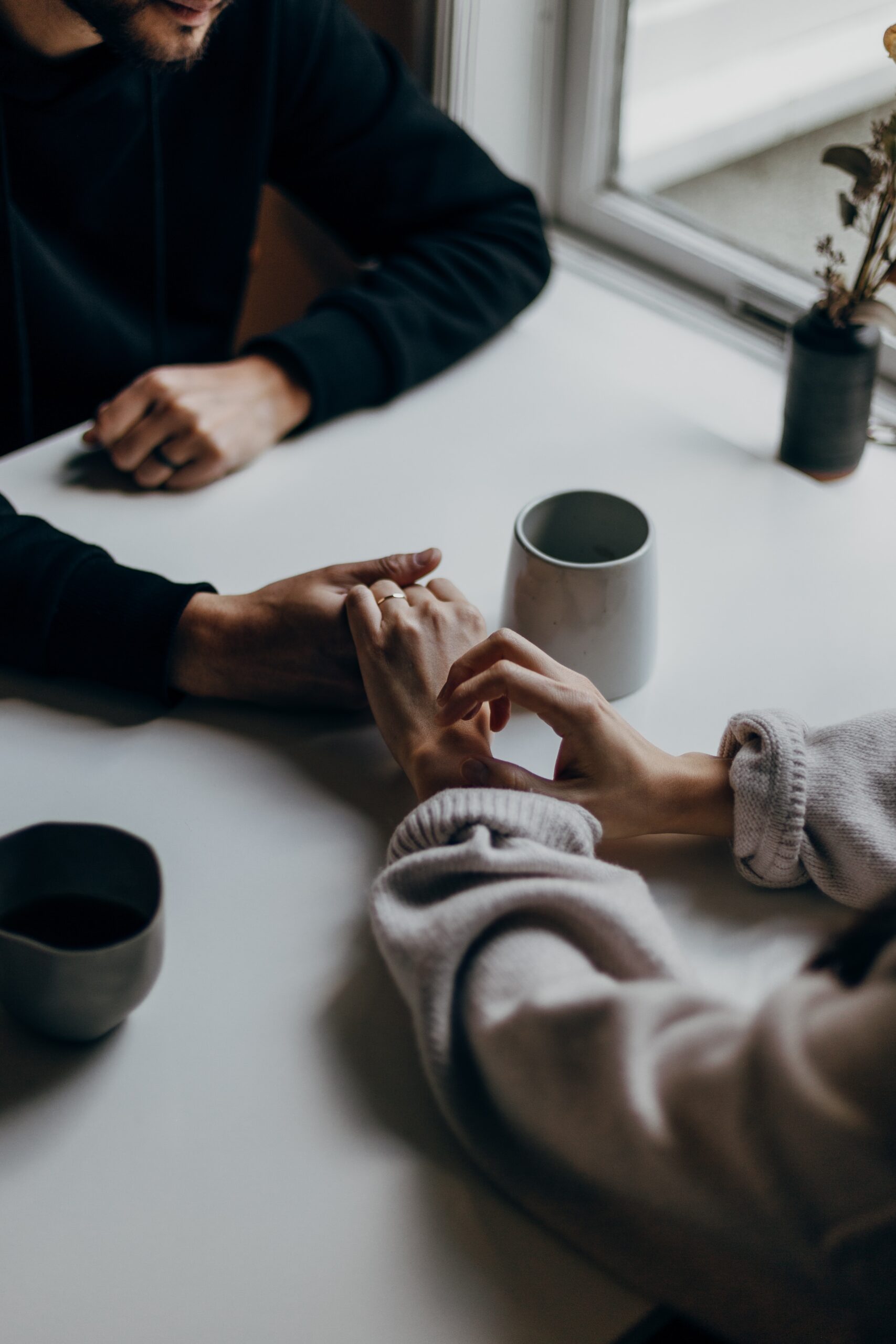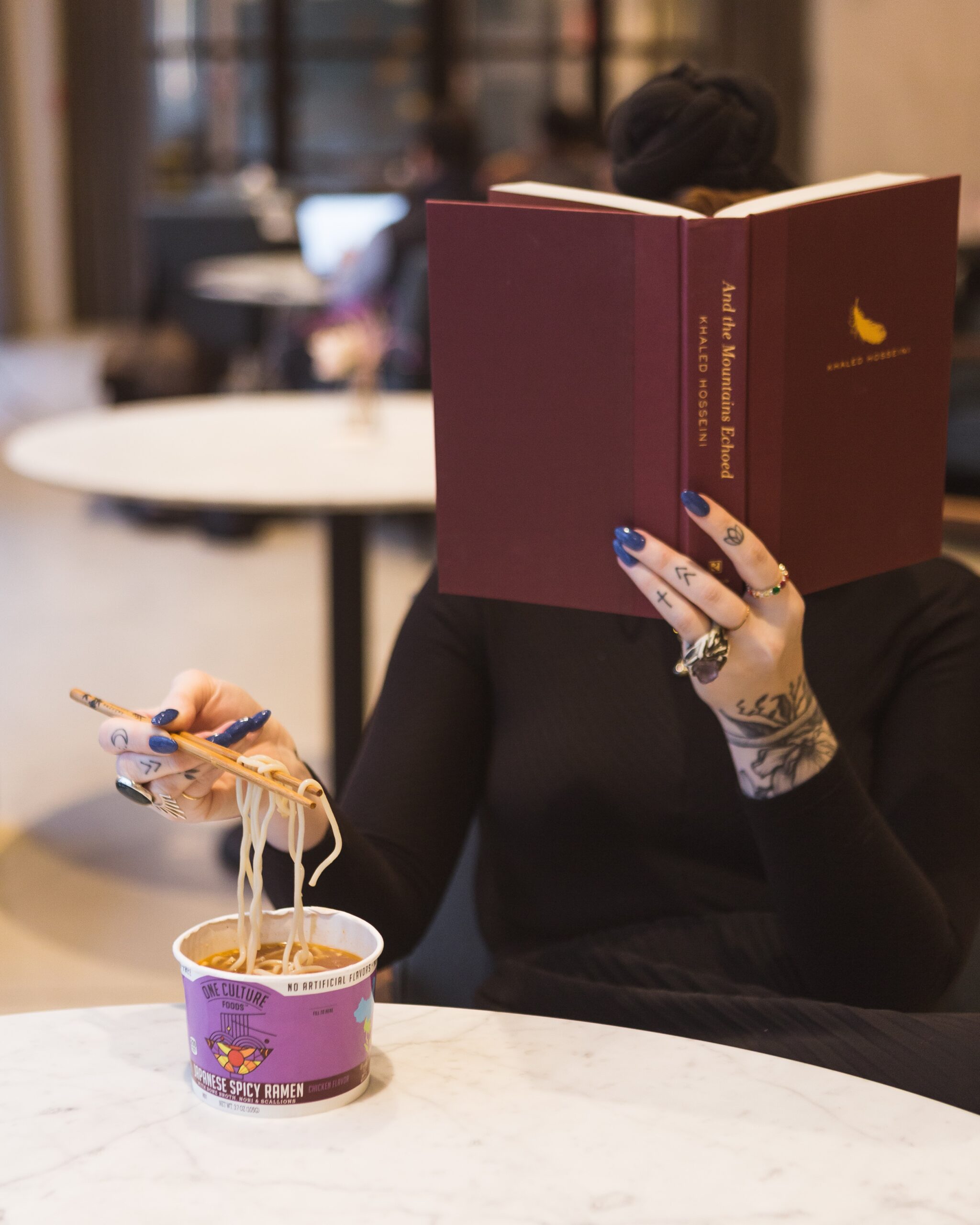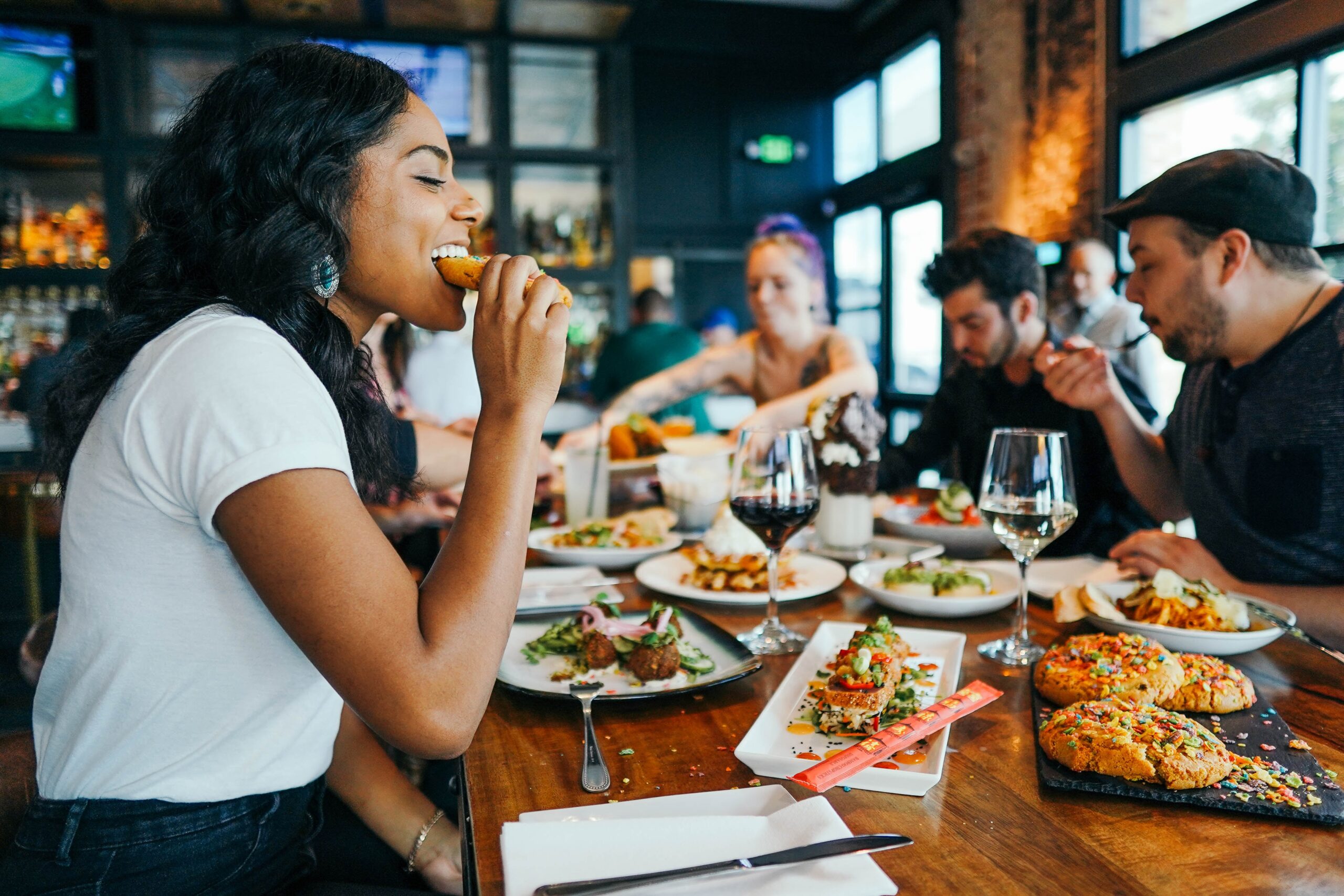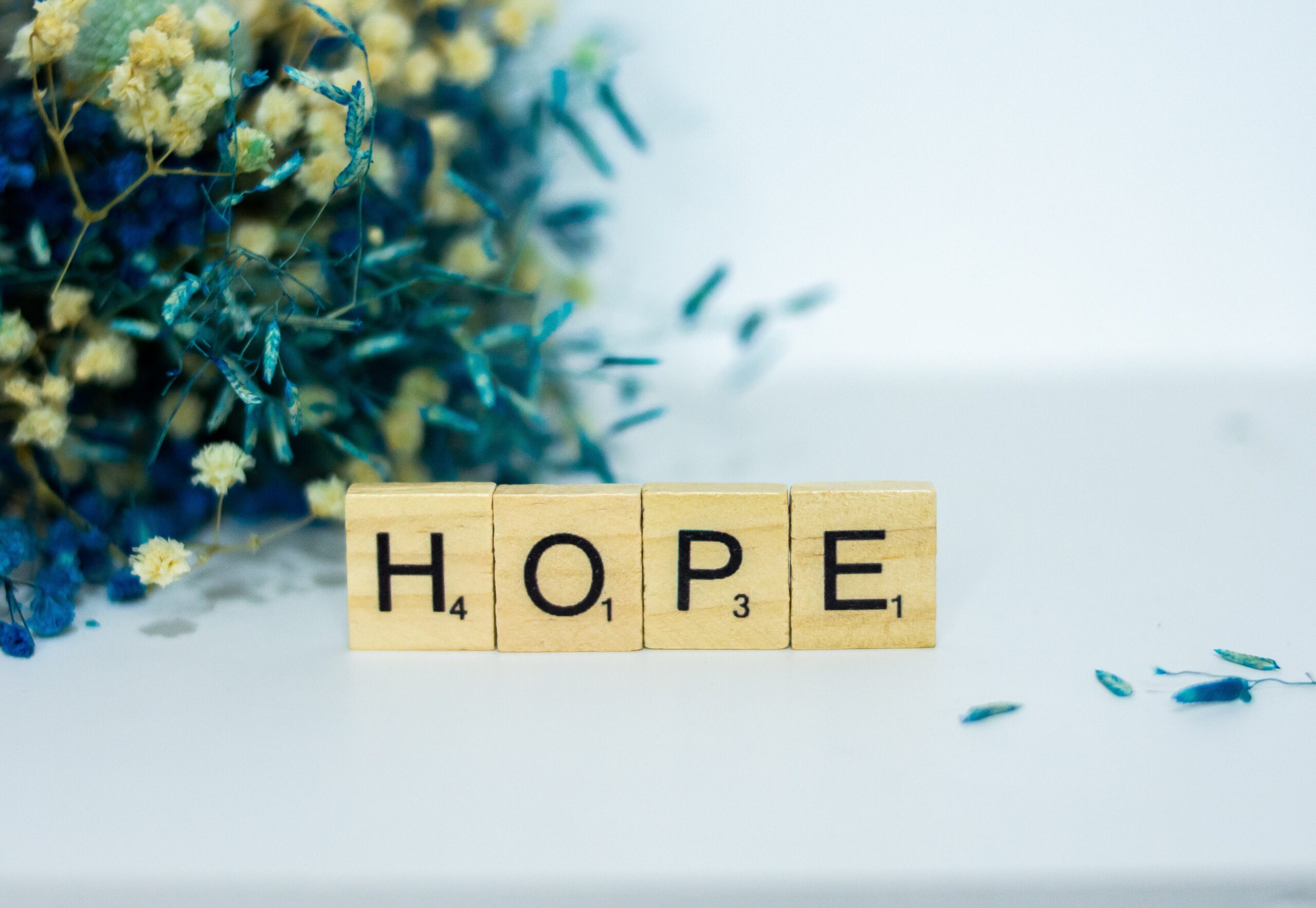“I love to take, process and share photos – it fills me up.” Brene Brown

This past week, I decided to go through a cedar chest filled with photographs. This chest contains almost every photo I have ever taken and all the pictures I inherited after my parents passed away. Who knew that I would find a picture of “The Project.”
Surprise snapshots
The pictures in this chest were snapshots of a particular event and time. These moments often showed feelings of happiness, joy, and, on occasion, silliness. Many of them captured the accomplishments of family and friends. These included high school and college graduations, weddings, and date nights with a significant other.
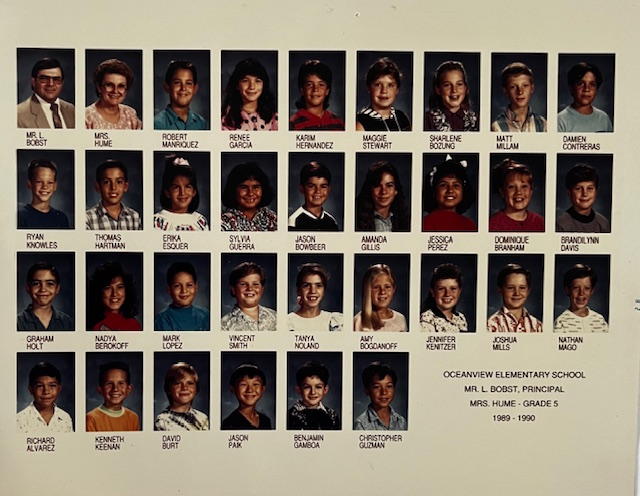
However, some were the classic school pictures, children playing in the yard, and the occasional vacation photo. The images taken were future opportunities to reminisce and share with others.
Going through my parent’s pictures, I realized I only knew a few of the people or events on film. But on occasion, I would come across a gem. In one of the stacks were photos taken during my time in public school. One picture in particular caught my attention because it was one of those elementary school projects that, at the time, I was so proud of and, within a few weeks, had quickly forgotten.
Really, Botany?
I vividly remember this fourth-grade science Project because we usually worked as a team on everything, but this one was completely different. This project would be the first individual Project of the school year. Tasked with growing an avocado, planting it, and caring for it in my backyard, I thought it would be challenging, but to my surprise, it wasn’t.
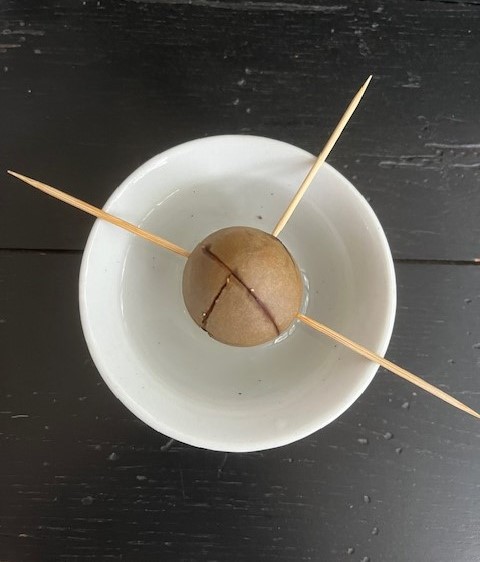
I remember following the directions on the diagram and working with my mom to care for the seed. We gently washed it, inserted three toothpicks into the seed, and placed it in a cup of water. The seed was only halfway submerged to ensure that it would sprout.
Every day after school, I would run home to see if any roots were showing. I would lift the avocado out of the water and check underneath, and subsequently, I would be disappointed because nothing had happened in the eight hours I had been gone.
And one day, they were there.
One day, I came home and saw that the seed had cracked just a little, but I was still disappointed because it wasn’t a tree yet. I was amazed at how long it seemed to take. Then, one day, the tree sprouted, and they were there—ROOTS. In reality, the seed sprouted in a few weeks, but as a child, time moving so slowly was frustrating.

Now that we had roots growing, my impatience kicked in. I waited for my mom to get home so we could plant the seed and see it grow. In preparation for this event, my mom and I went to the store to purchase a colorful pot to place my small tree in.
After a growth spurt, the tree was ready to be planted in our yard. Once this was done, the school Project was officially over. Within a year, it was a beautiful little tree, and being a typical fourth grader, I lost interest once it was planted in the ground.
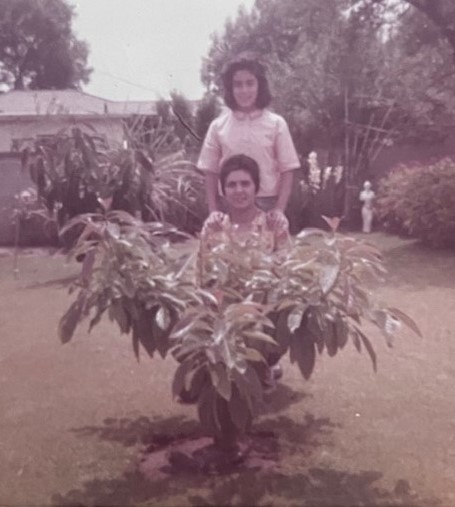
But now it was my mom’s turn to get excited as she waited for the tree to bear fruit.
Avocados were one of my mom’s favorite fruits, and she couldn’t wait for that first avocado to ripen.
Once it had ripened, she made her famous salad. She placed it on the dining room table at dinner, and both my parents were anxious to taste their first homegrown avocado.

My parents said the salad was delicious. To their surprise, I was not a fan of it and refused to eat her salad for many years.
Wonderful pictures and memories
I am so happy that I decided to look at the pictures in the chest. Although there was some sadness, as many of the pictures contained loved ones who had passed away, it also brought back some wonderful memories from my past.
I was excited when I found the following gem taken when I was in Junior High School. It was a picture of my father in our backyard. He had climbed our avocado tree, showing us how much it had grown.
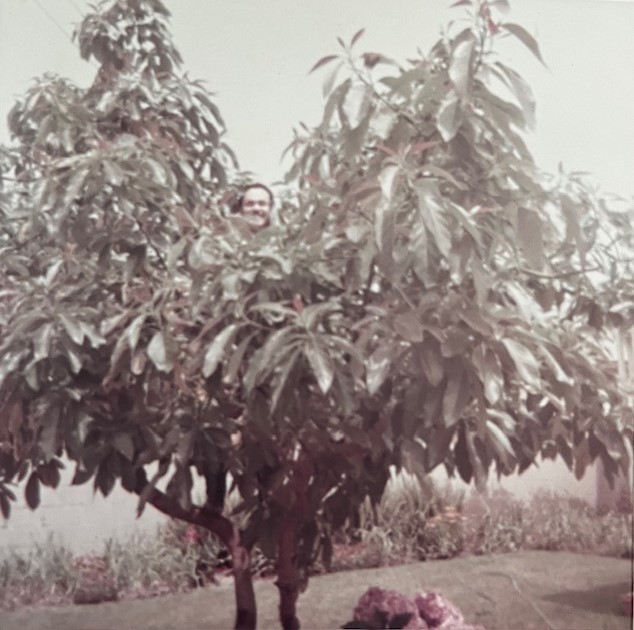
I love this picture of my dad because it shows how playful he was. Although he’s been gone for twenty-four years, his silliness and enthusiasm for life are still with me. His love of life was contagious and affected everyone around him. I miss him and all that he brought into my life. I am so grateful that this picture helped me remember this side of him.
Seventeen years of benefits
Growing up, I would return home from college to visit my folks at least once a month. Once there, I would sit under my science project, now a huge avocado tree. As a young adult, I discovered that one of my favorite things about coming home was the fruit from the tree. Using a couple of homegrown avocados, I would make guacamole, sit on the patio, and dig into the bowl with chips.
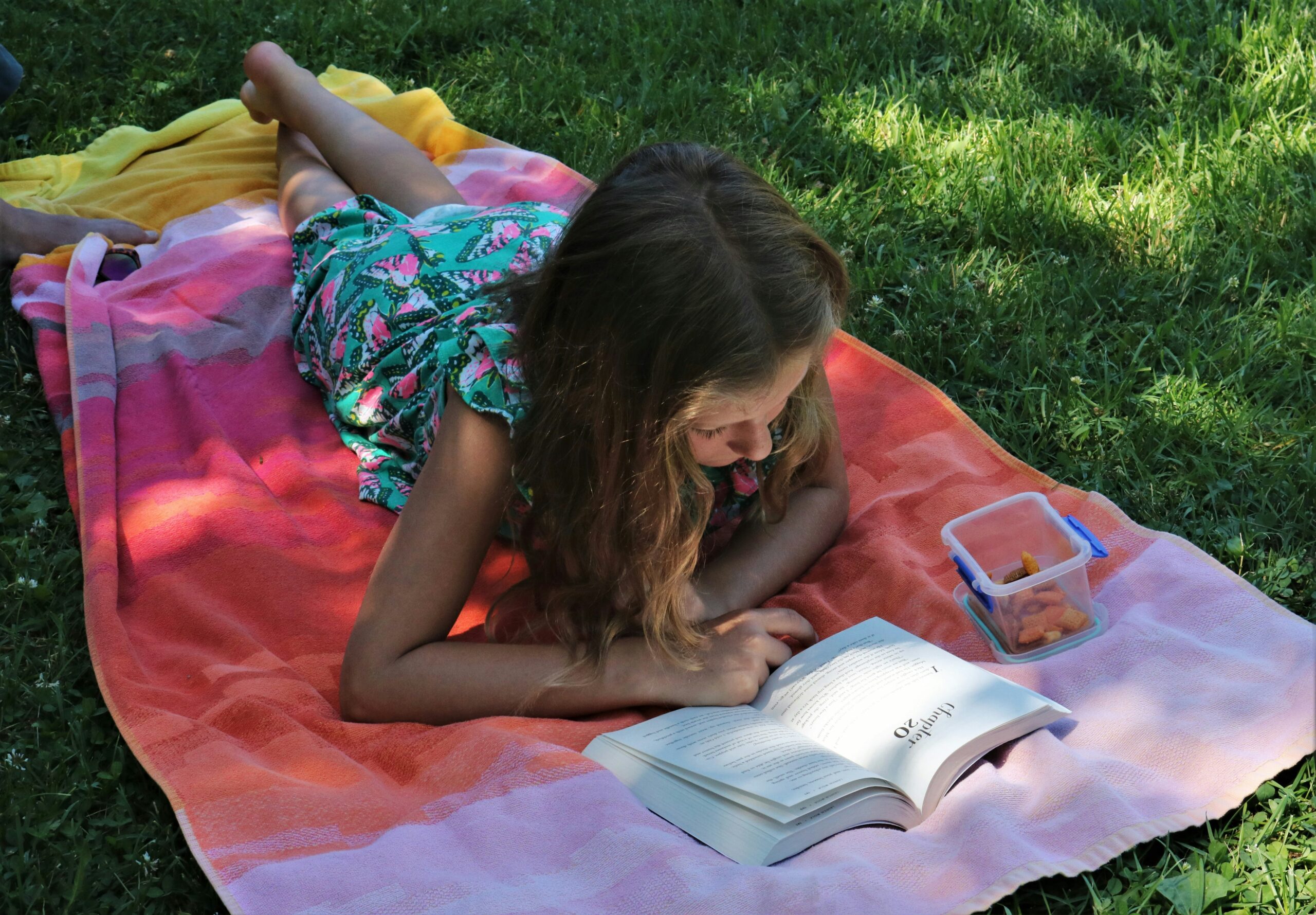
Now, the avocado tree was fully grown and beautiful; anyone could lie underneath it and enjoy its shade. I used to enjoy lying under the tree and reading.
For my mom, the tree provided her with her favorite fruit. She would say that the organic avocados were flavorful. Years later, she commented on what a prolific producer the avocado tree was. It was amazing that they had enjoyed so many years of fruit, all because of my science Project.
The reality of the school project
The avocado tree project was the only thing I ever did in elementary school that had a lasting effect and benefited my family. It also allowed me to try various versions of guacamole until I found my favorite recipe. I hope you enjoy it.

My Favorite Homemade Guacamole
Ingredients:
- 3 large avocados, halved and pitted
- 1 lime (juiced)
- ½ teaspoon olive oil
- Salt, to taste
- ¼ red onion, finely chopped
- 1 clove garlic, minced
- 1 small jalapeño pepper, seeded and minced
- 1 small tomato, seeded and diced
- 2 tablespoons fresh chopped cilantro
Gently use a fork to mash the avocados. Leave it a little chunky.
Next, add lime juice, garlic, onion, and salt and stir until mixed.
Next, add in the tomato, cilantro, and jalapeño pepper. Stir gently.
Cover the guacamole, chill for 60 minutes, and now enjoy.

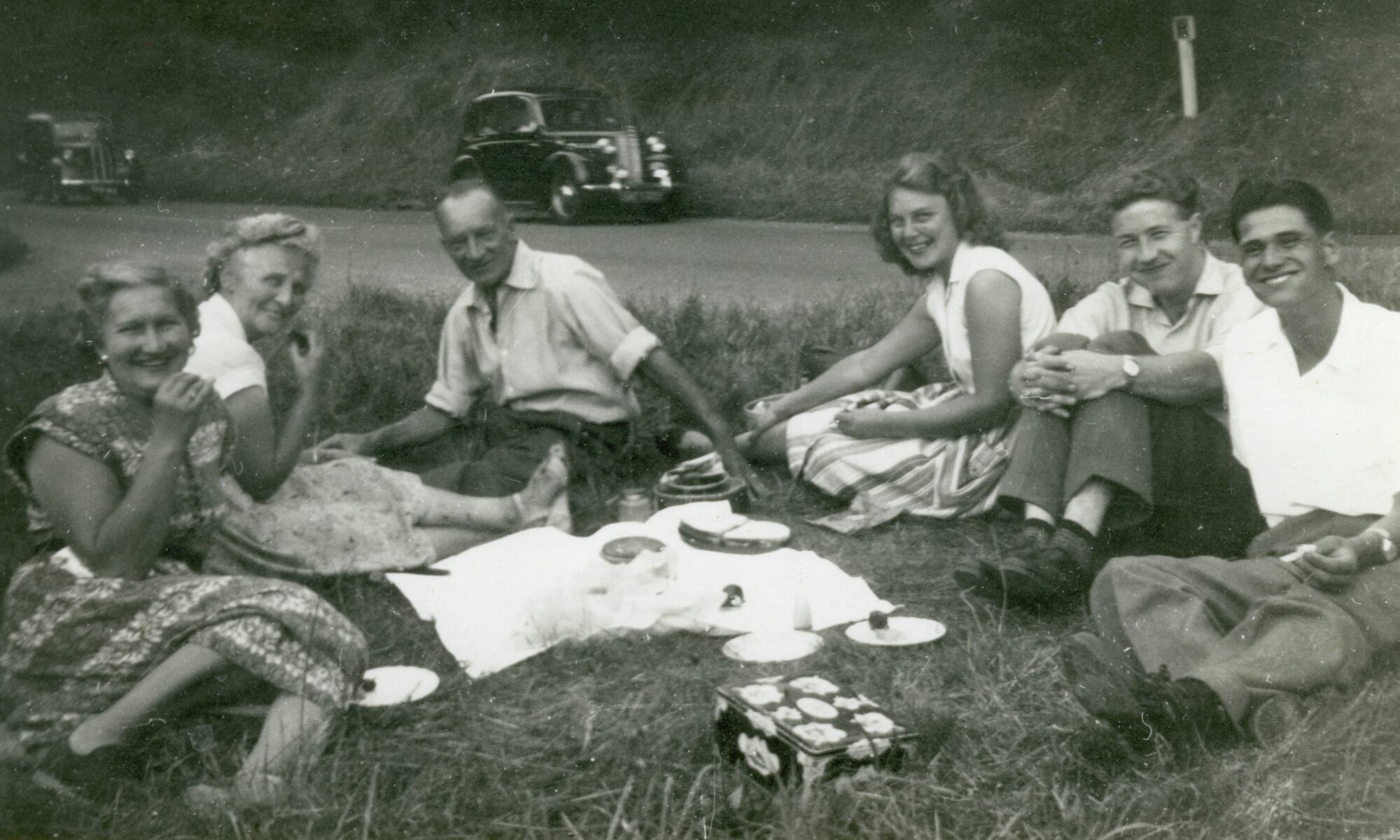
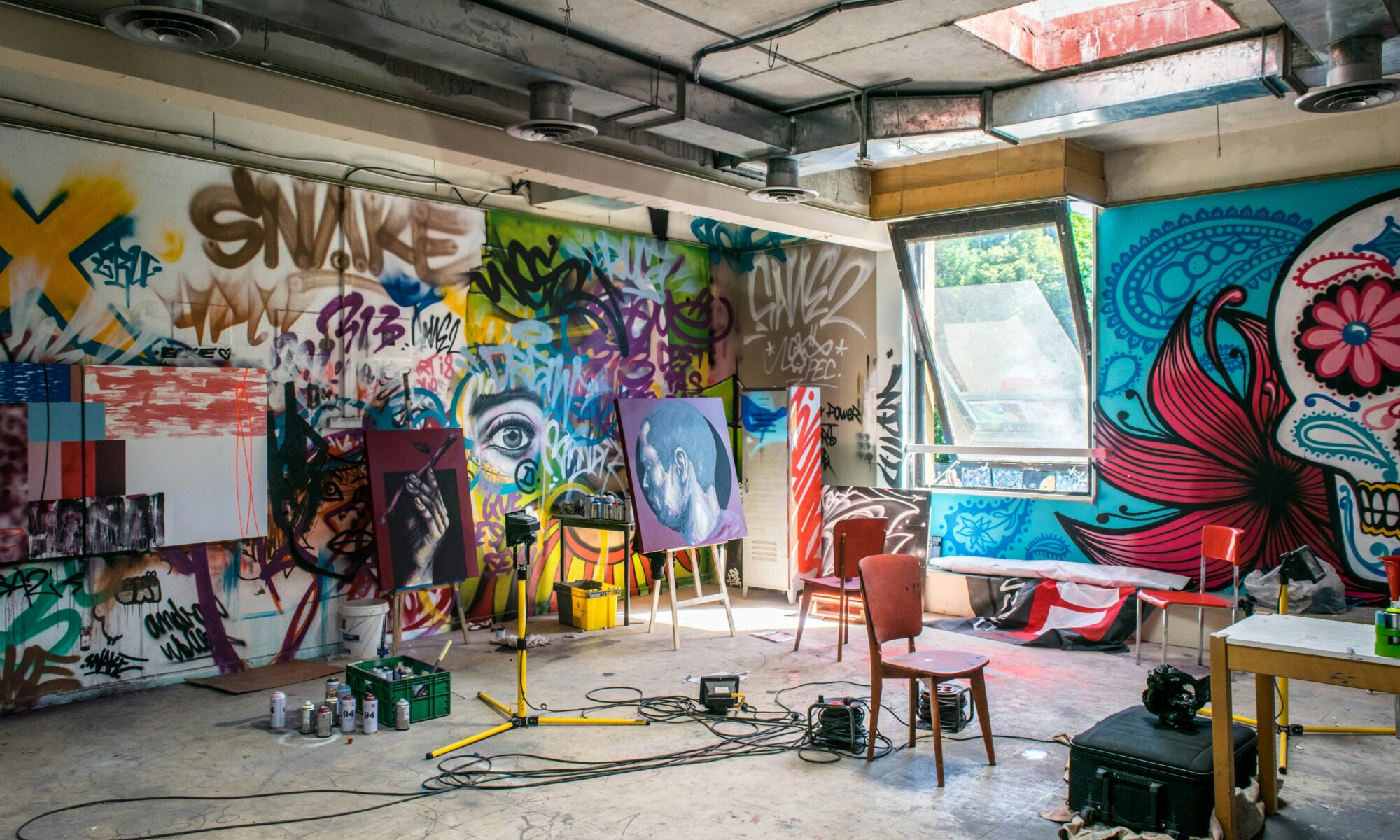

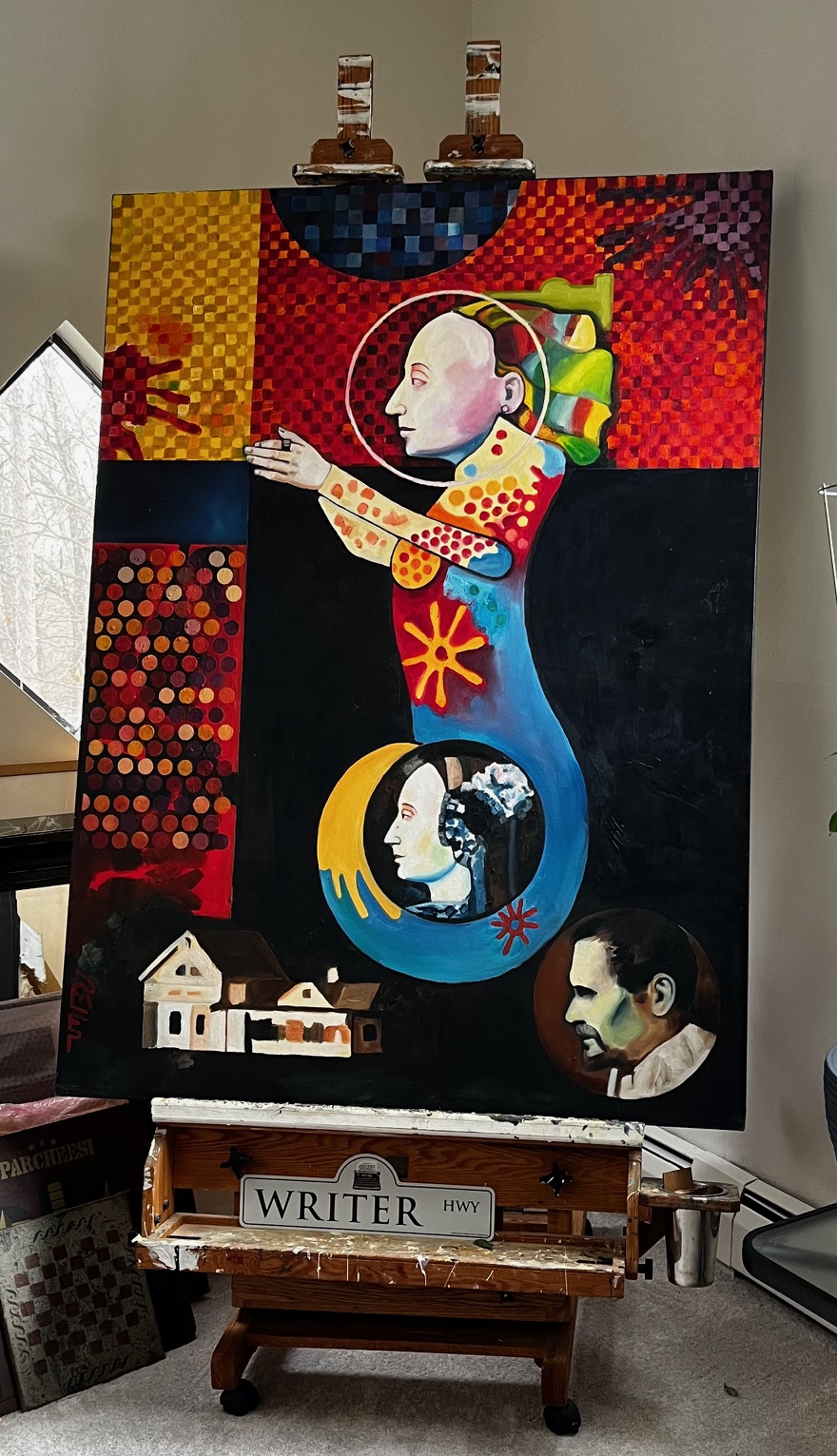

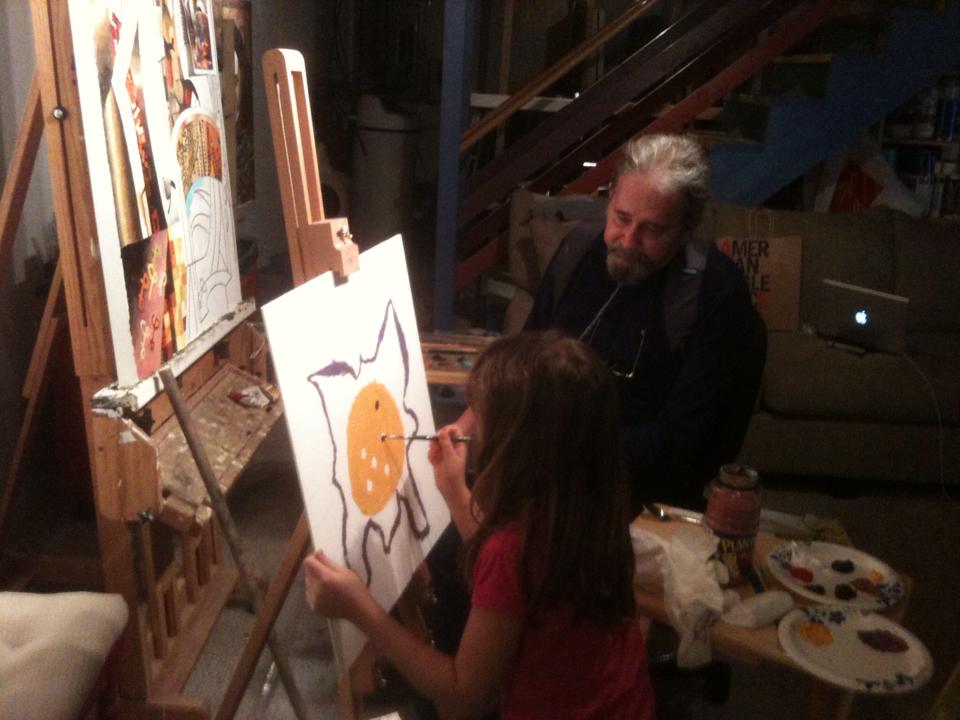
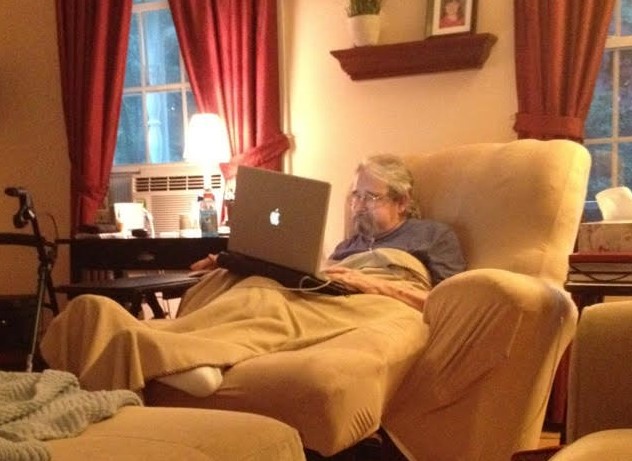
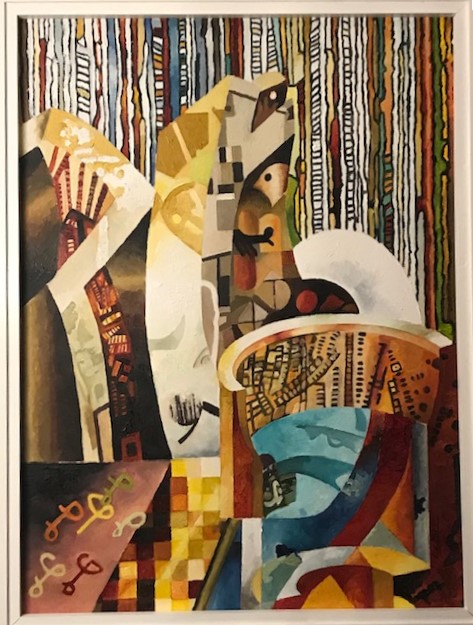

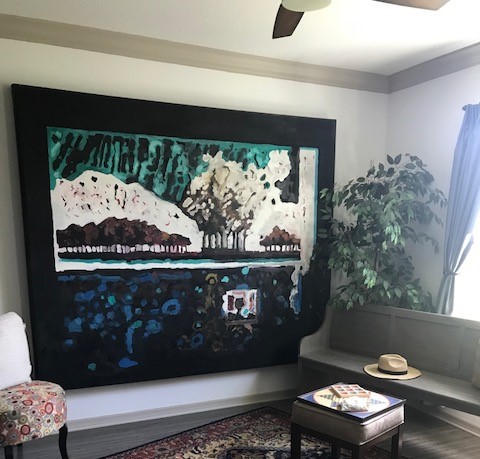


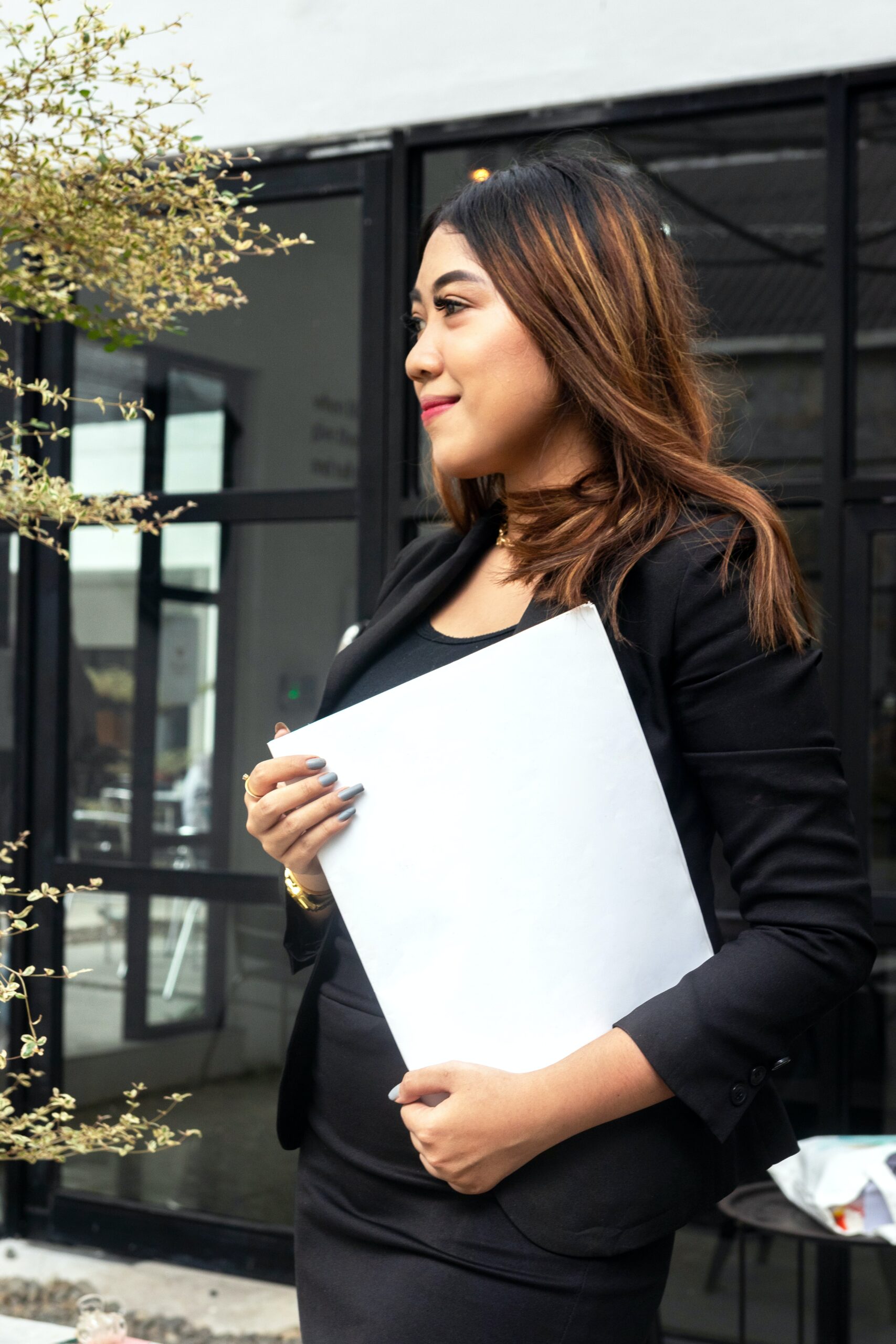 Only Doing Her Job
Only Doing Her Job